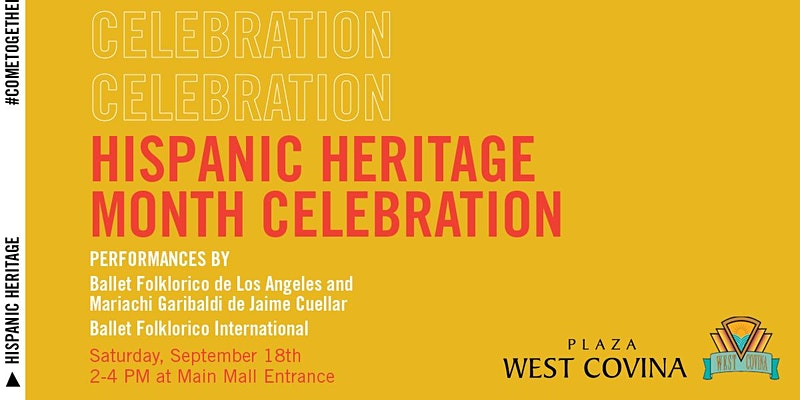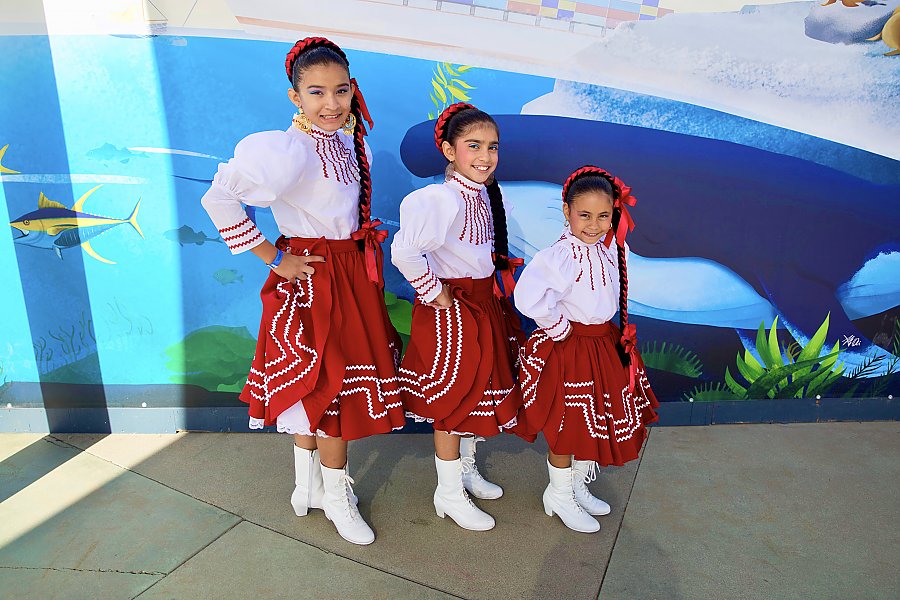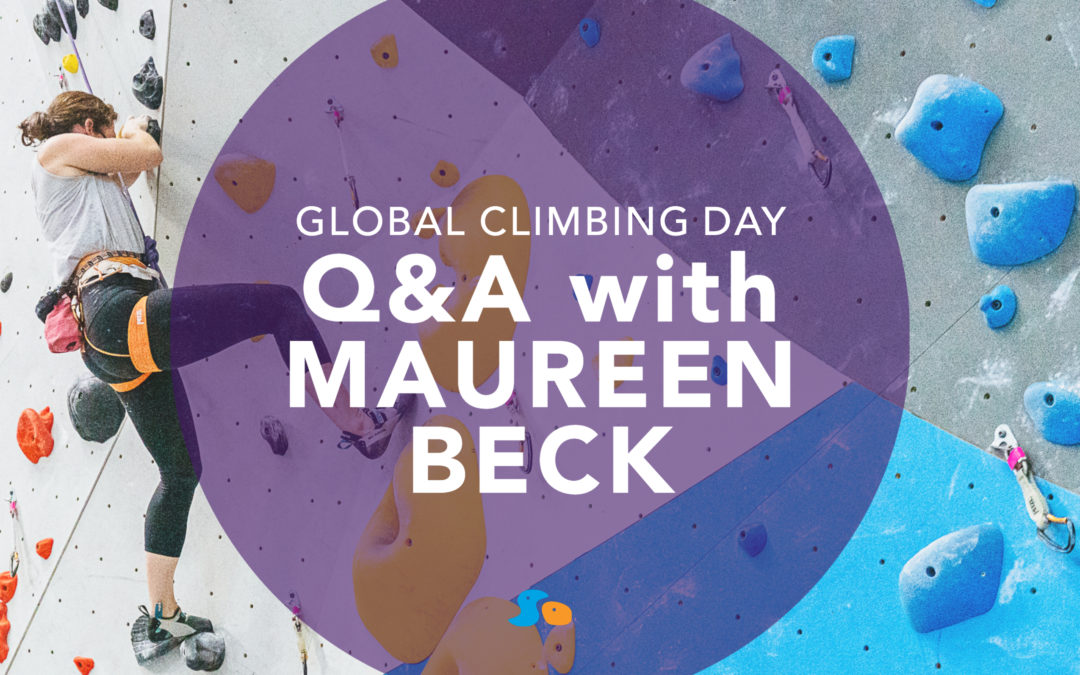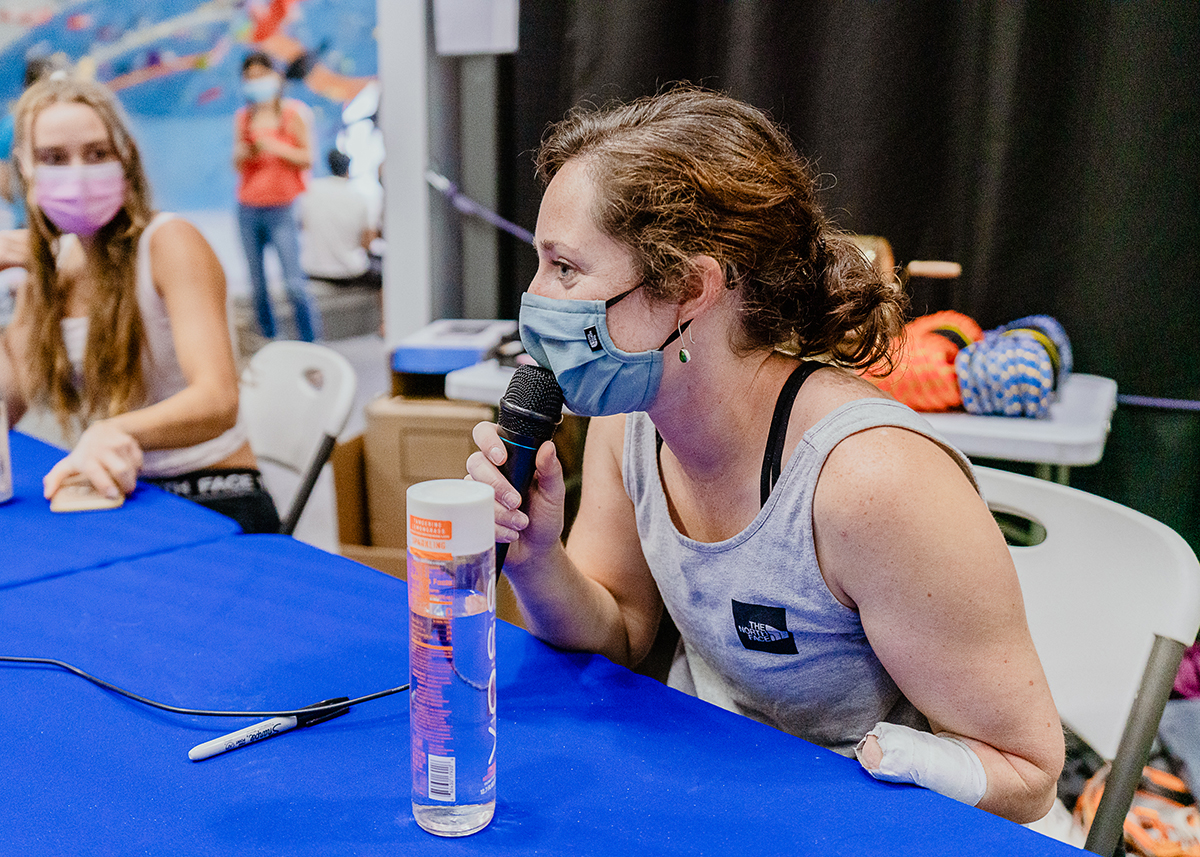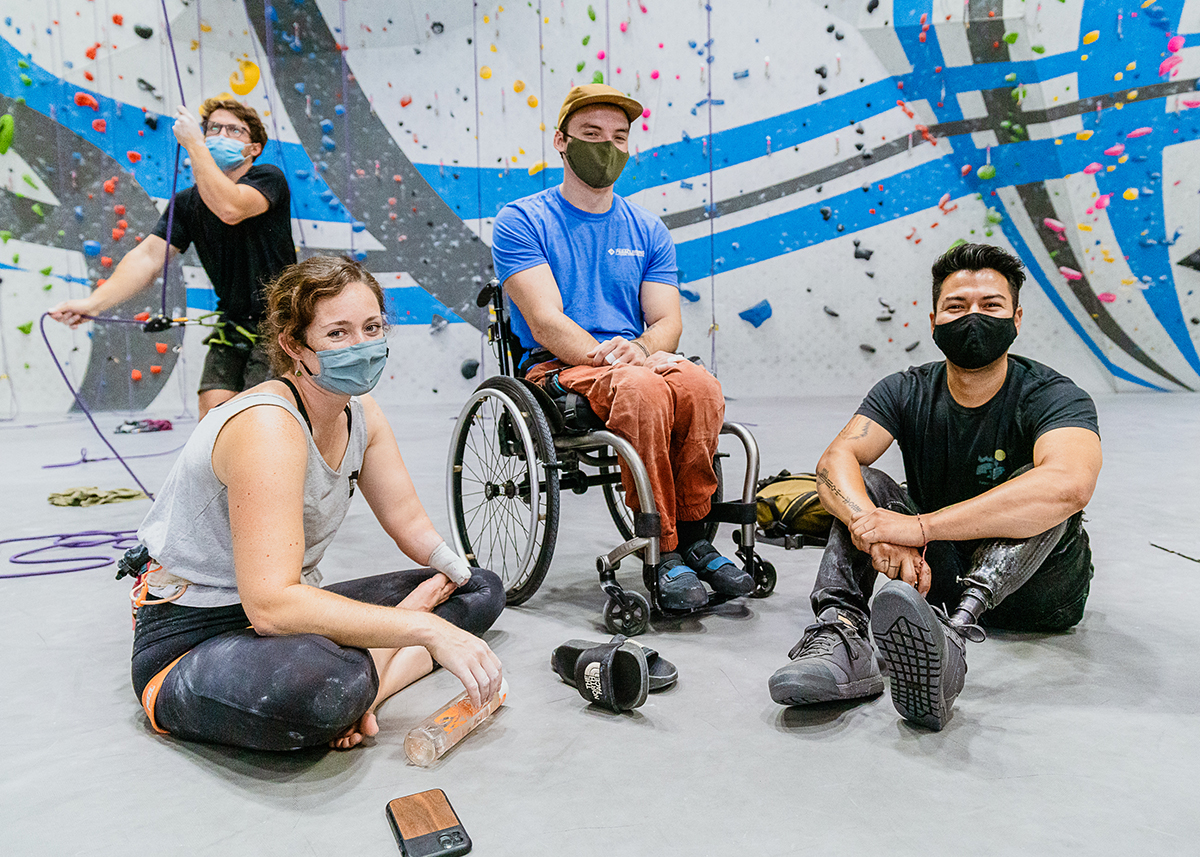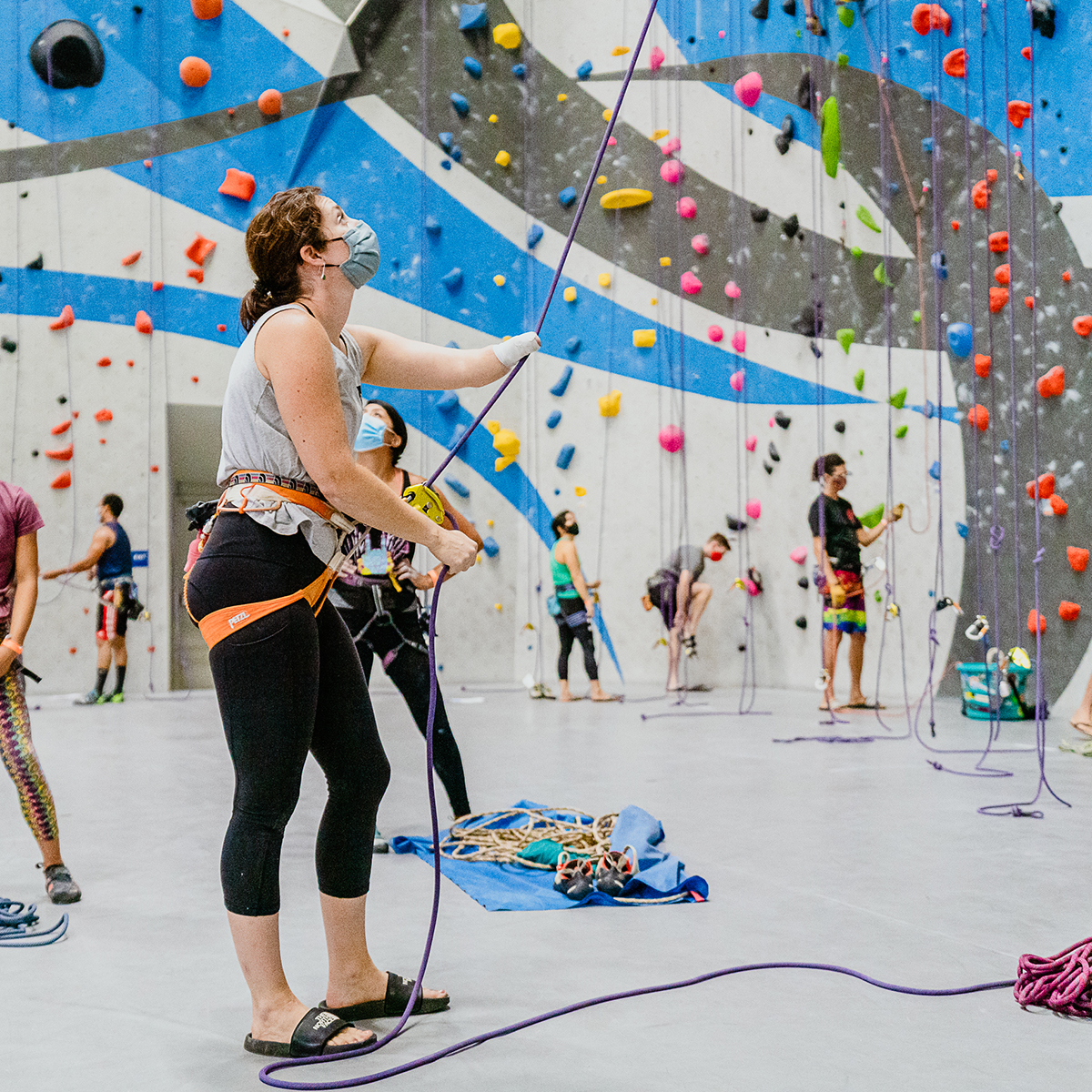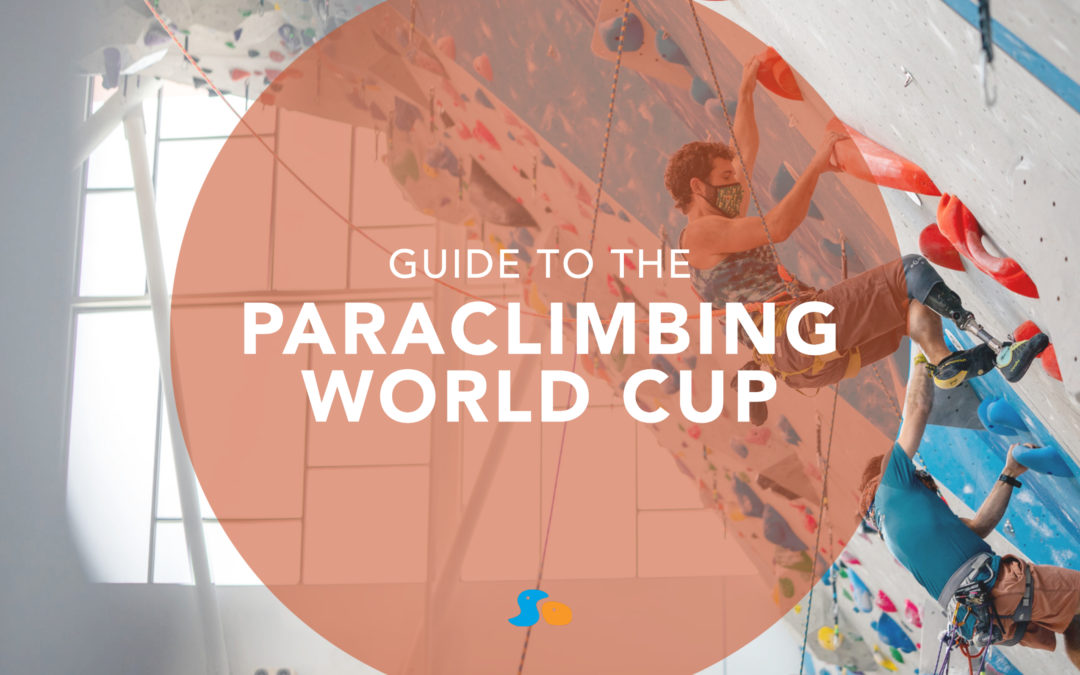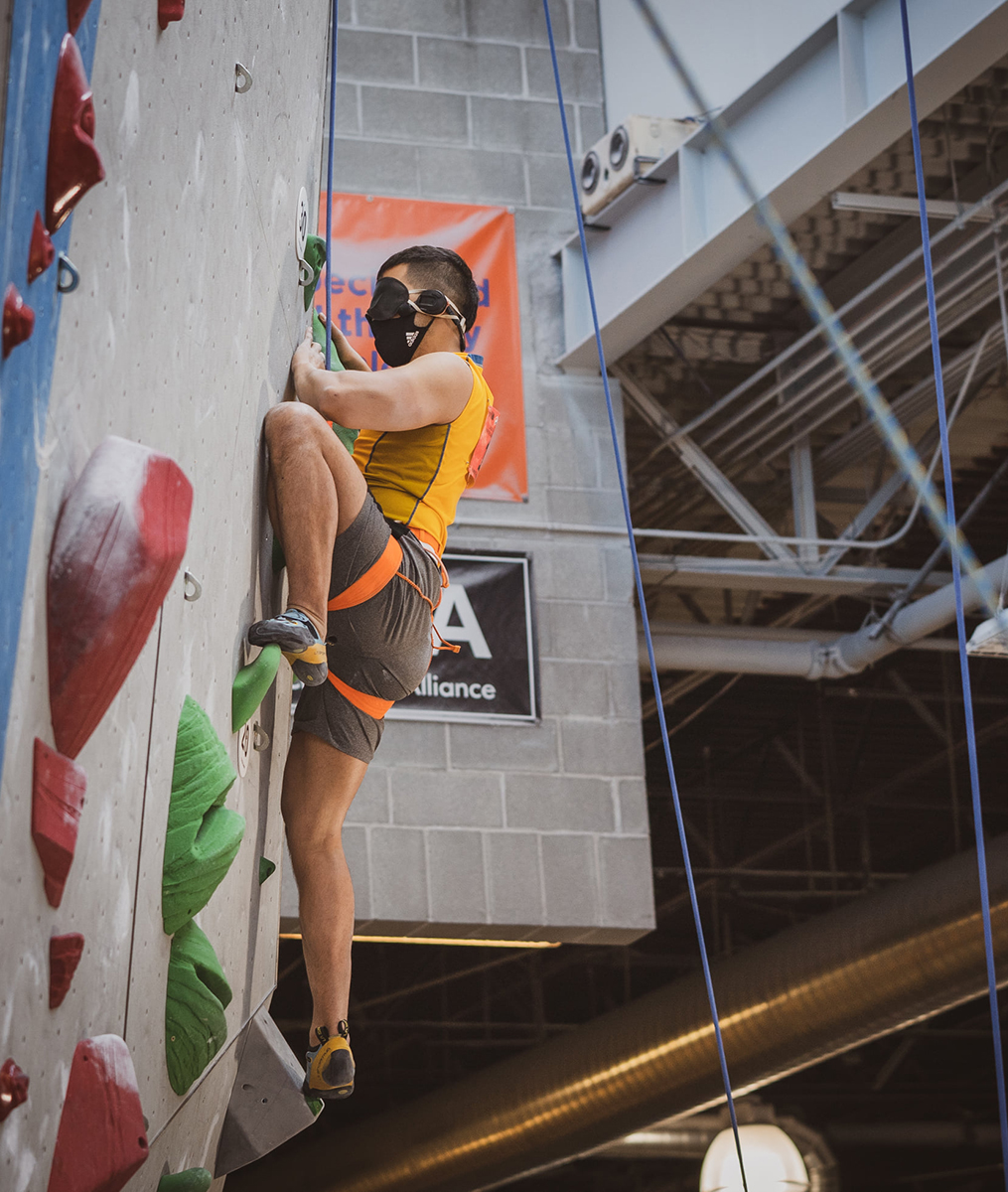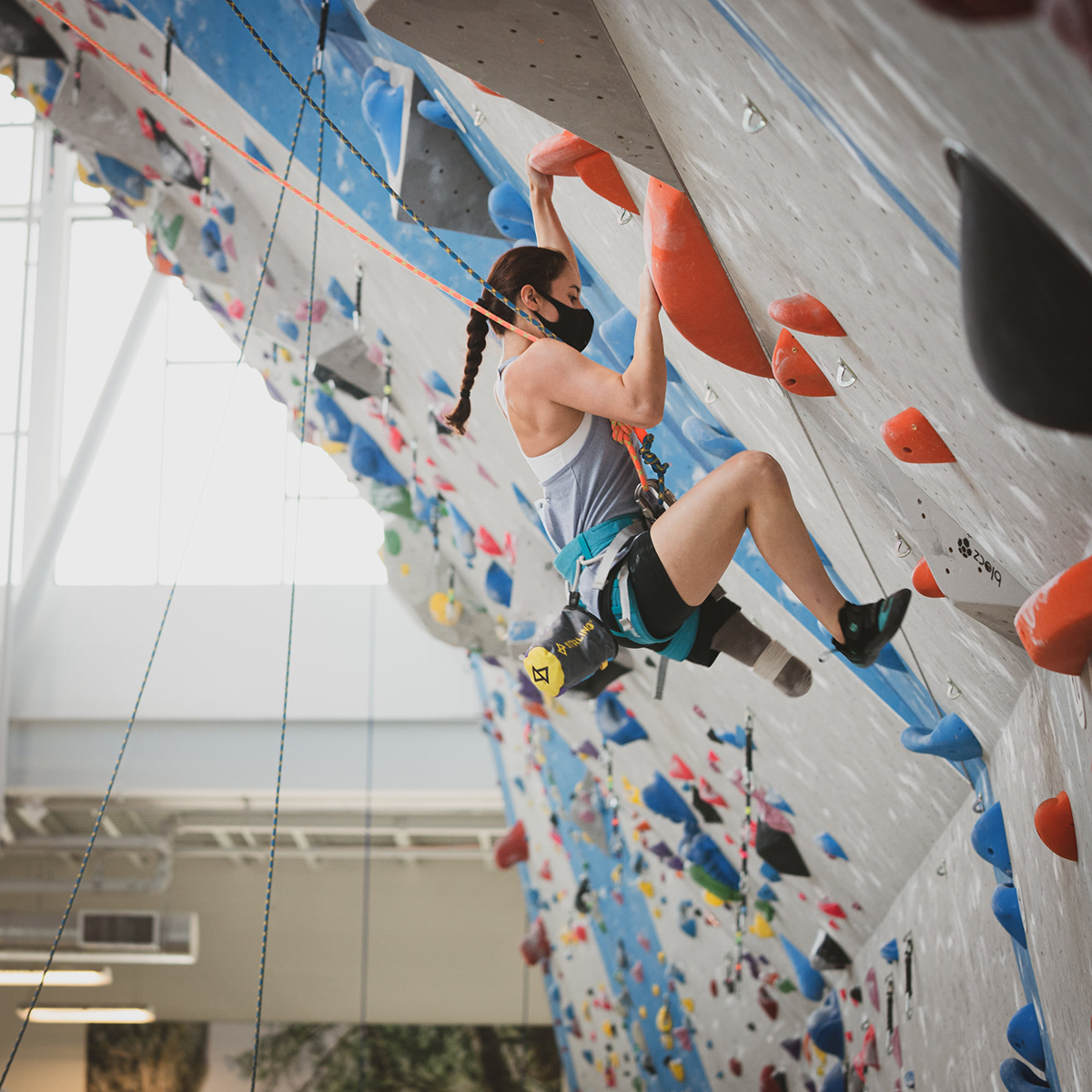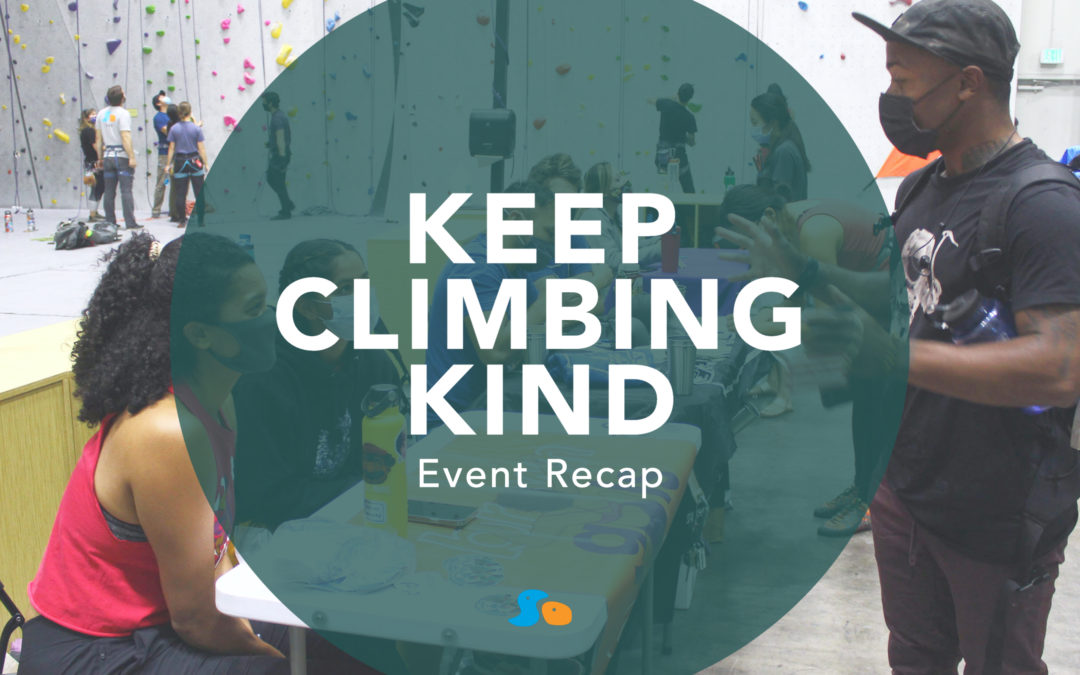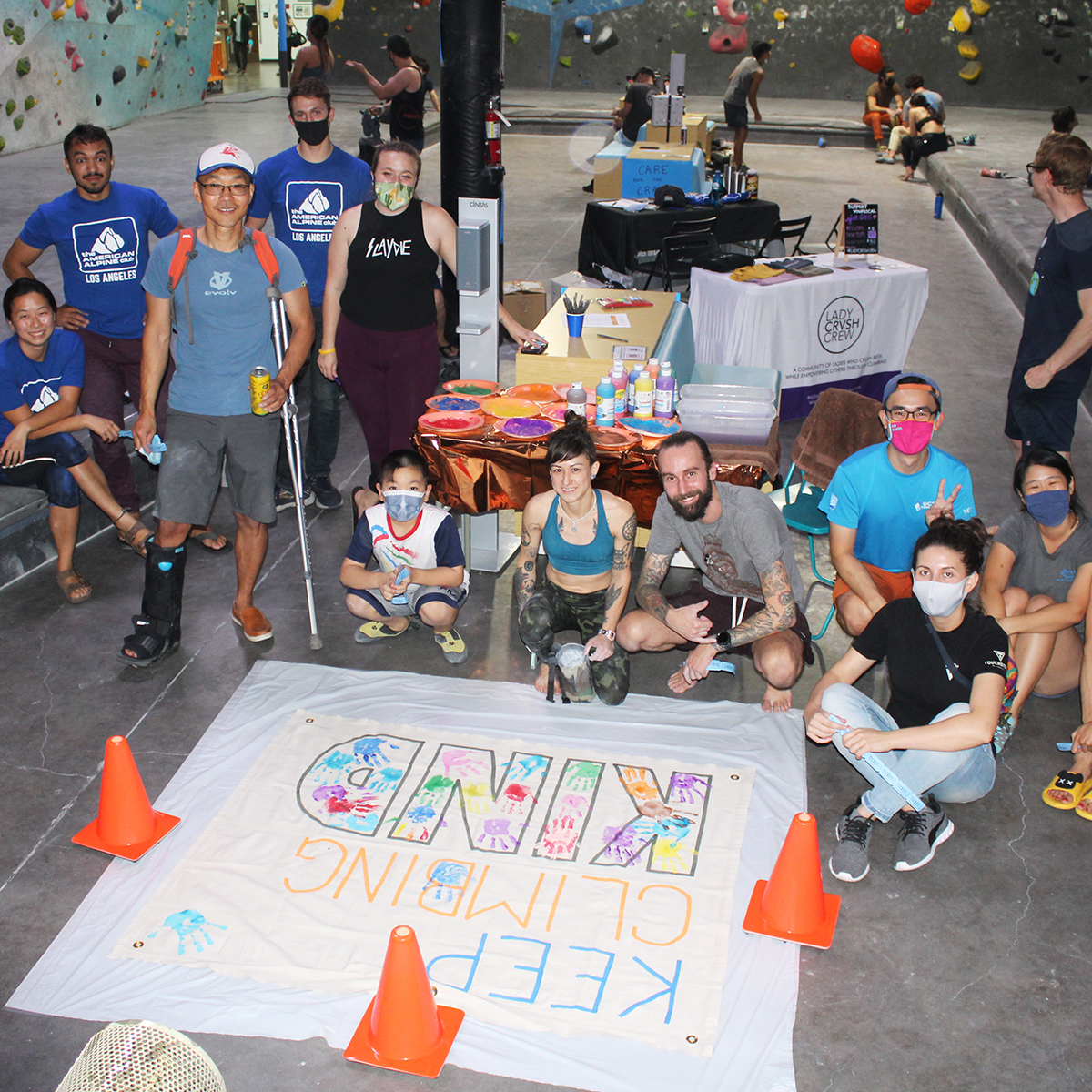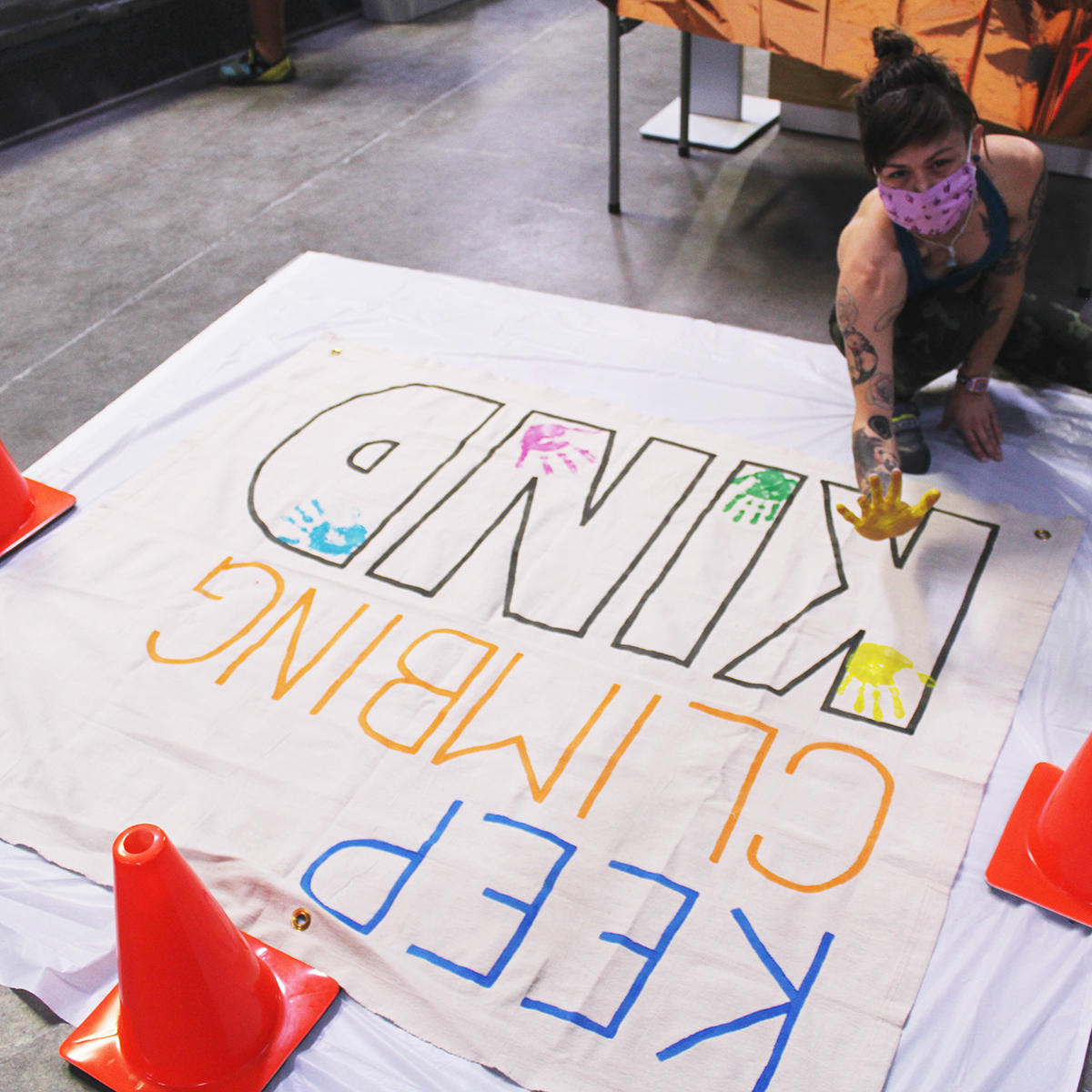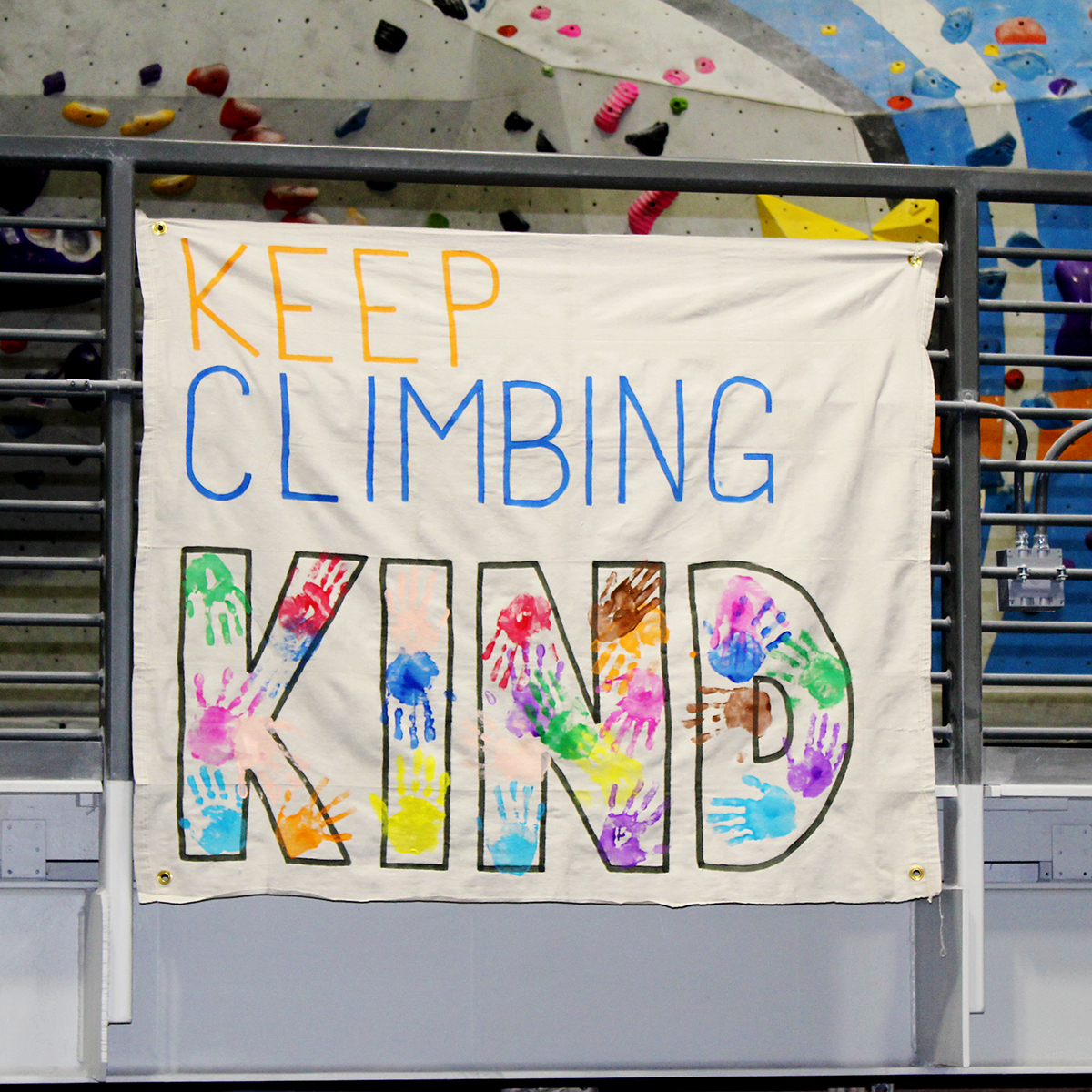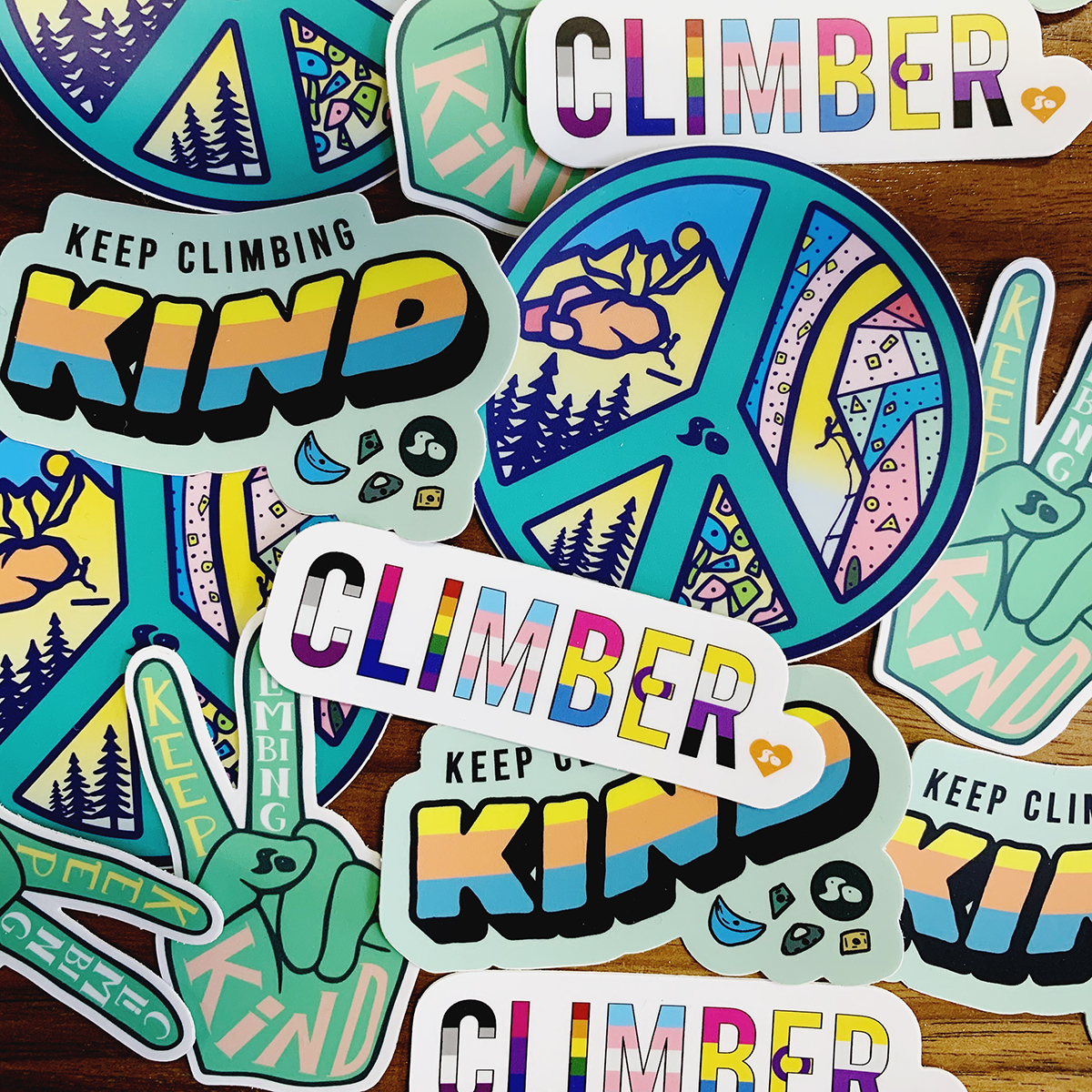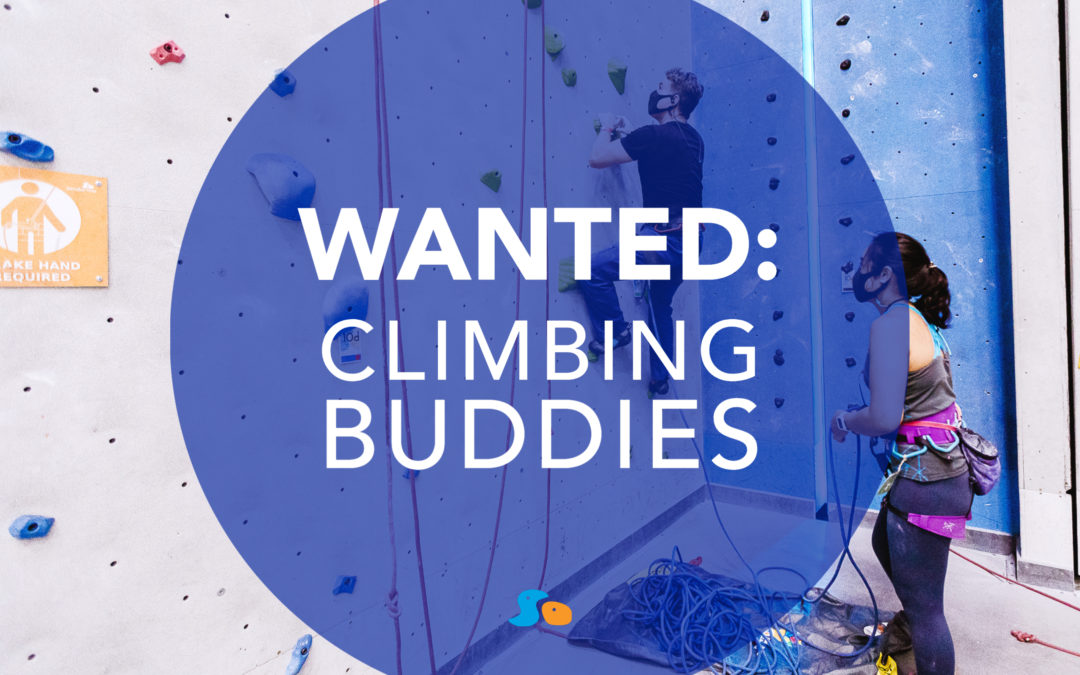
WANTED: Climbing Buddies
the contentSo you just signed up for a Sender One membership or you’re new to the gym and now you’re thinking, “how do I find people to climb with?!” Lucky for you, Sender One has created a number of ways for members and guests to connect and climb together. Everything from meet-ups to online community pages, we’re here to help you find solid climbing partners and to make new friends!
MEET-UPS & COMMUNITY EVENTS
Monday Night Meet-Up
Every 1st & 3rd Monday of the month, 7pm-9pm
Climb with new people and win some goodies in a raffle.
Other meet-ups and community events
Sender One prides itself in holding special community events throughout the year that include different meet-ups, Bouldering League, climbing competitions, movie nights, game nights, and so much more. You can find information about these events on our website or posted around the gyms!
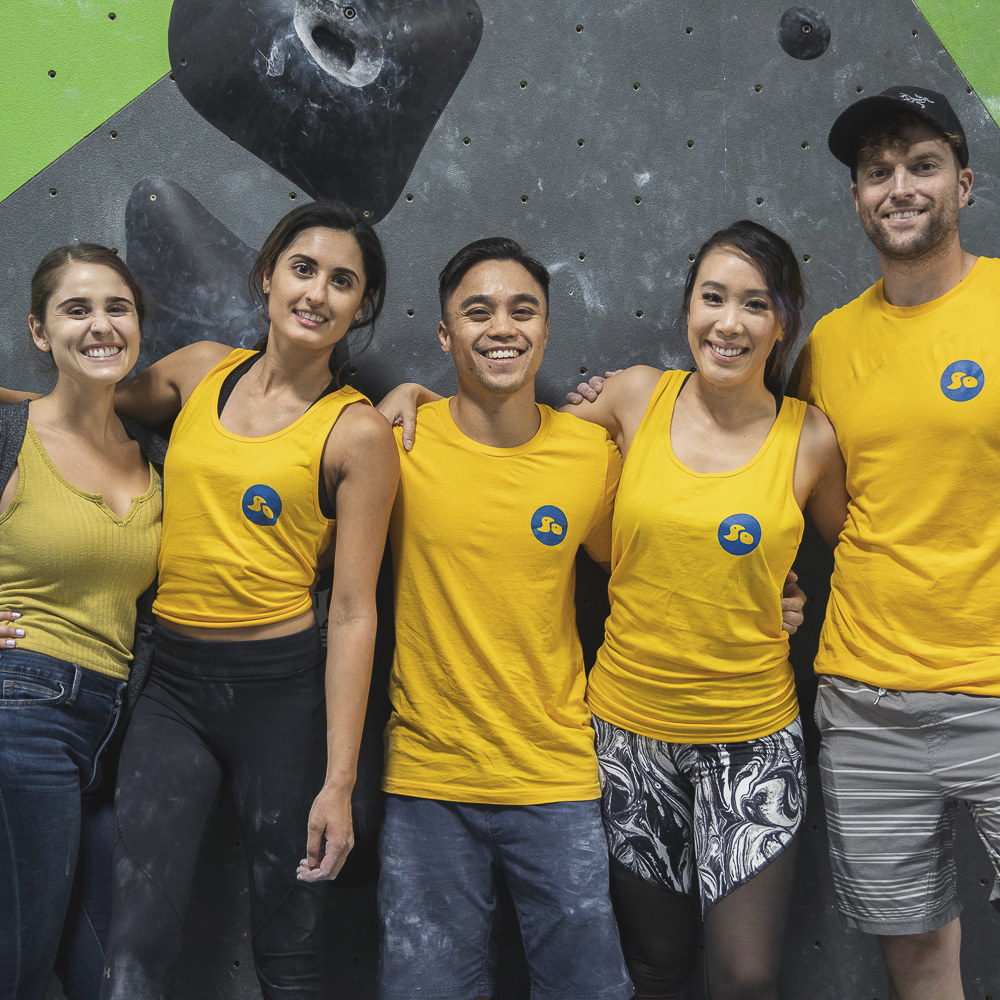
BELAY OR BOULDER BUDDY FINDER
Located on the Community Boards at each Sender One location is a Belay or Boulder Buddy Finder. It’s a short questionnaire that you can post on the Community Board to help you connect with others. Each post will stay up for about a month. Hopefully, you only need to post once because you’ve found your climbing buddies!
FACEBOOK COMMUNITY GROUPS
For a more virtual take on finding climbing partners, check out our Facebook community groups! Each location has a designated group where you can find someone to climb with or post about selling climbing gear. These pages are also great to stir up conversations and discussions about climbing in general. As always, please treat others with respect and follow the group rules.


GET CREATIVE
We’re all about supporting your journey in finding more climbing buddies. Here’s a creative way we’ve seen from people (successfully) finding climbing partners.
Step 1: Post on Instagram (via Story or Post) that you are in search of more people to climb with. You can include specifics like type of climbing, days and times, etc.
Step 2: Mention and tag us @senderone and the specific location account.
Step 3: We’ll re-share and let the connections flood into your DM!
Sender One is here to help you discover and connect with others while building lasting climbing partnerships. It’s just more fun that way!





